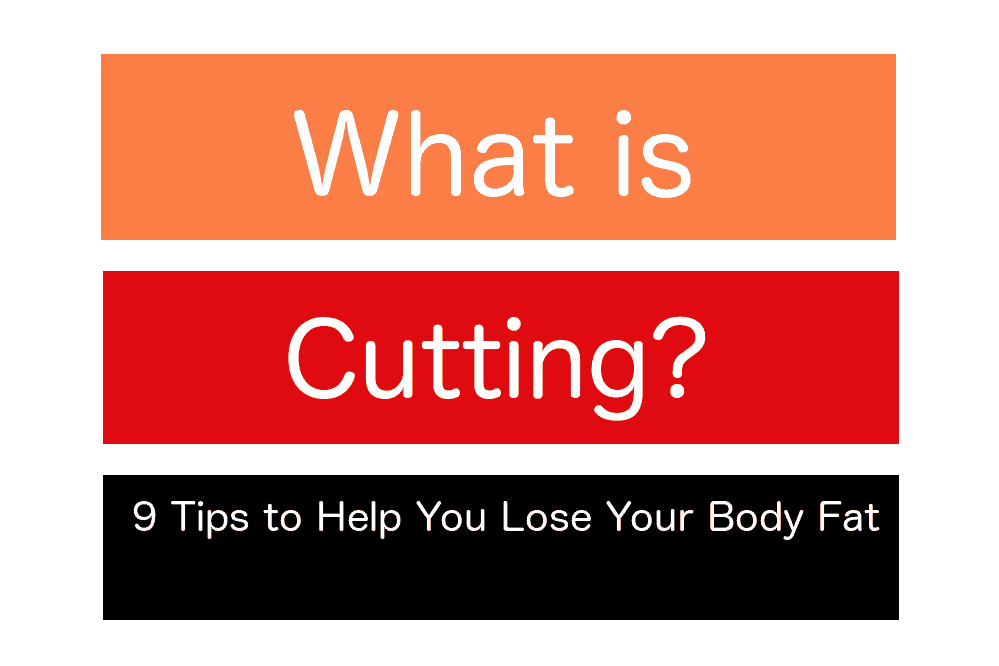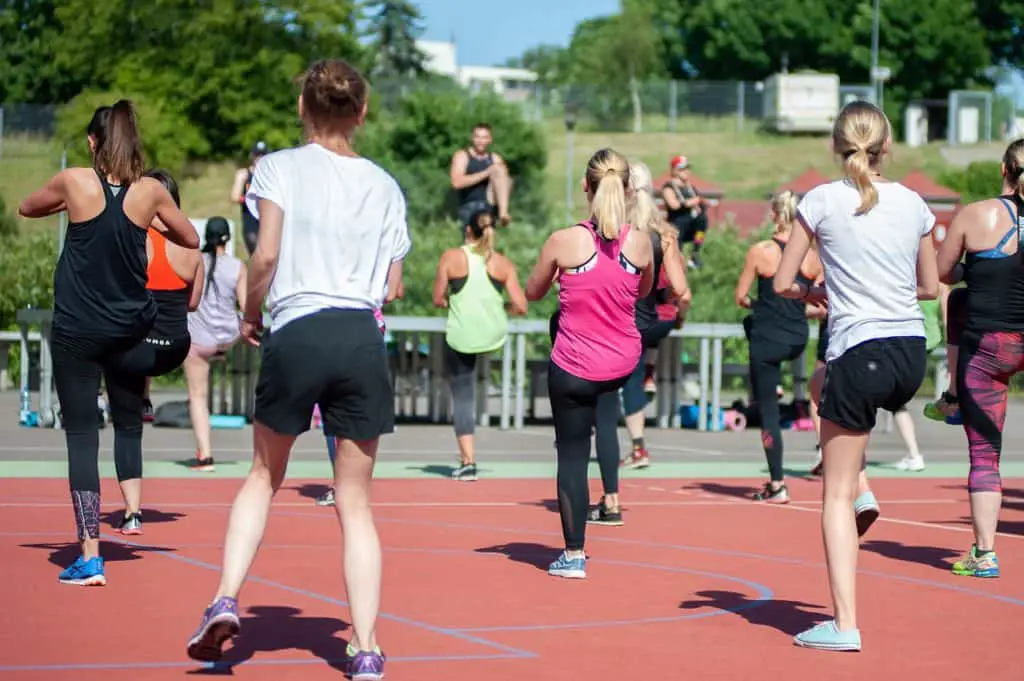Do You Lose Muscle Mass After 40? Age-related sarcopenia (muscle loss and function) actually begins in your 30’s! People who lead an inactive lifestyle will lose between 3% and 5% of their lean muscle mass every decade after the age of 30.
According to webmd.com, even people who live an active lifestyle and exercise regularly will begin to lose muscle mass from their 30’s. Although, because they exercise regularly, they will not lose as much muscle mass.
Researchers believe that the loss of muscle mass as we get older is caused by several things, including:
A reduction in nerve cells that are responsible for the brain signaling the muscles to move
- A reduction in the body’s ability to convert protein into energy
- Lower hormone levels
- Not enough protein or calorie intake to sustain muscle mass
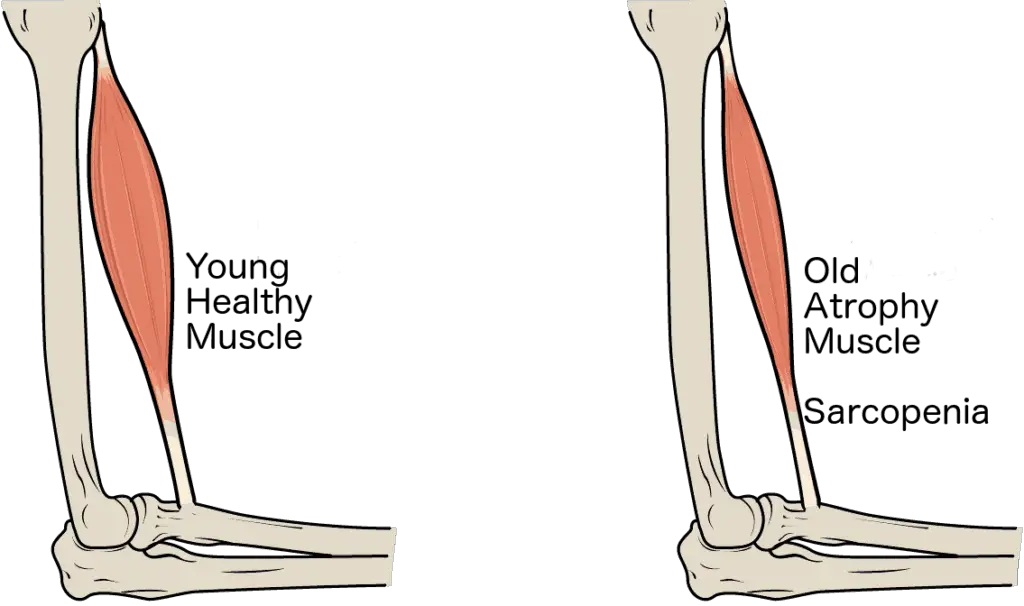
How do You Stop Muscle Loss as You Age?
It is possible to reduce/stop muscle loss as you get older, but it will require a lot of effort.
Incorporating resistance training/weight training into your life will help stop the loss of lean muscle mass. It will strengthen and increase your lean muscle mass, which will help you burn off calories and stay fitter and stronger into your 40’s and beyond.
It is suggested that to reduce/stop muscle loss you should do resistance/weight training at least twice a week. This is on top of your regular exercise.
If you don’t regularly exercise, then start by walking and build your exercise from there. It’s advisable to speak to a professional or friend who is experienced in weight training before beginning weight/resistance training. It is too easy to cause yourself an injury if you don’t know what you are doing.
Along with high-intensity exercise and resistance/weight training, you will also need to adapt your diet. As your body ages, it will need more protein to sustain and grow the muscles. This does not mean that you have to have steak every day, protein comes from a variety of sources.
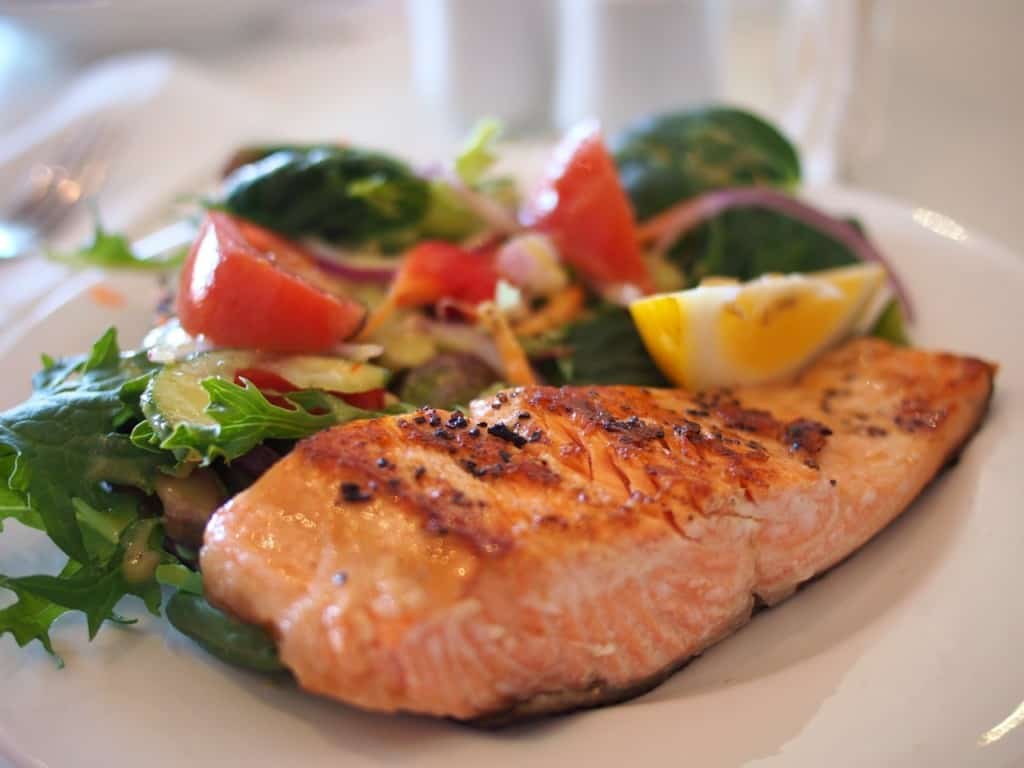
What Vitamins Stops Age-Related muscle Loss
There no vitamins or medicines that can prevent muscle loss. Webmd.com says that the only treatment for sarcopenia is exercise – resistance/weight training!
A review in the University Health News says that protein supplements and vitamin D along with exercise are the treatment for age-related sarcopenia.
There are currently a couple of medications under review; Urocortin II and HRT.
- Urocortin II can prevent muscle atrophy but it is not recommended for building muscle mass.
- HRT (hormone replacement therapy – used by menopausal women) can increase lean body mass but may not be suitable for everyone.
Increasing your protein, vitamin D, and exercise is the proven way to stop age-related muscle loss.
Sudden Loss of Muscle Mass
If you notice a sudden loss of muscle mass, then you should consult your doctor immediately as this can be a symptom of an underlying disease. Rheumatoid arthritis, peripheral arterial disease, advanced kidney disease, COPD, cirrhosis, to name but a few can all result in loss of muscle mass.
As we age it is normal for an adult to lose muscle mass, but this can be reversed by including more protein into your diet, a vitamin D supplement, and including resistance/weight training at least twice a week into your routine.
Can You Regain lost Muscle mass?
The good news is that YES! You can regain lost muscle mass.
It will require you to exercise regularly, and at least twice a week do resistance/weight training to rebuild and strengthen those muscles.
If you exercised regularly before the muscle loss then you will regain the lost muscle quickly, as research suggests that your body ‘remembers’ how to grow the muscles (muscle memory) and recovery will be quicker.
If you did not exercise regularly then it will take longer to regain the muscles lost as you do not have the muscle memory of a regular exerciser – but it is possible to regain the lost muscle.
Again, increasing your protein, a vitamin D supplement, and plenty of exercise as well as some weight/resistance training will get your body back on track.
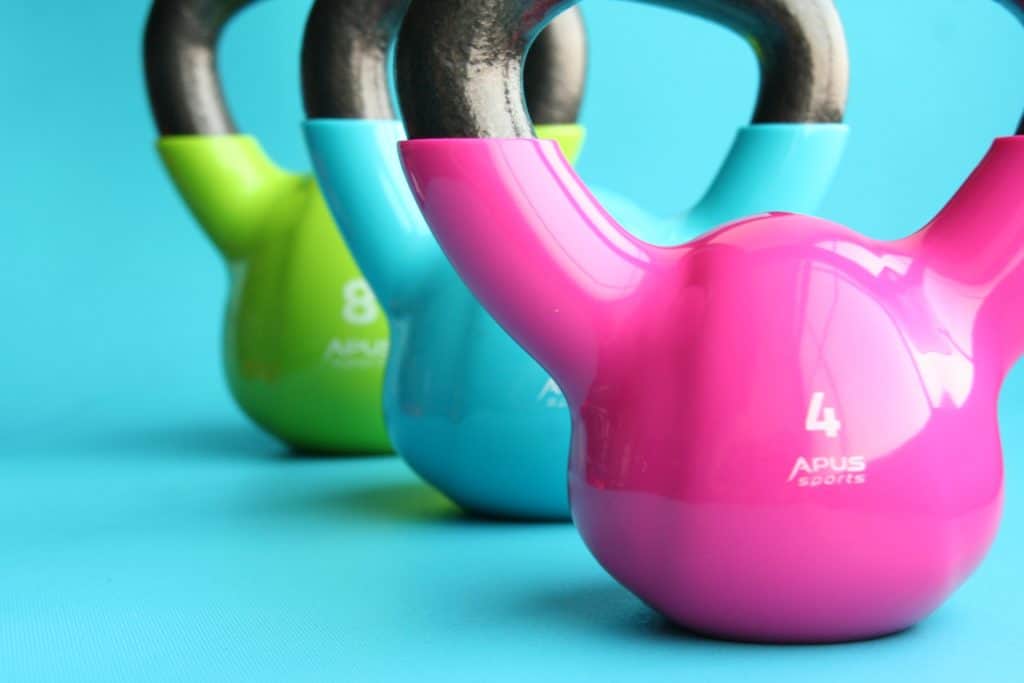
Can You Build Muscles After 40?
Yes, it is possible to build muscle after 40.
It probably won’t be as easy to build muscle after 40 as it would be if you were in your 20’s, but it is possible.
Your diet should include more protein, as older people need more protein than younger people, and you need protein to help maintain/increase your muscle strength.
Food that is high in omega-3 fatty acids will also help regain muscle mass.
Making sure that you have the correct calorie intake is very important, too many calories and you will put on fat, not muscle. Too few calories and you will lose even more lean muscle mass. Vitamin D is also necessary for regaining muscle mass, especially as you get older.
The most important element is exercise! High-Intensity Training and weight training are essential to burning excess calories and increasing lean muscle mass.
Finding the right type of exercise will make a world of difference. Not everyone enjoys going to the gym and lifting weights, but the good news is that there are high-intensity workouts that involve lightweights!
That means that you can combine your high-intensity workout with light weights to build your muscle mass and burn calories.
My Experience with Muscle Loss
Personally, I have definitely found that in the past year I have started to lose muscle mass.
I’m 47 years old and very active. I walk dogs every day (2 of them are huskies and keeping up with them certainly gets my cardio workout done! 10,000 steps by lunchtime is easy).
I also do karate 3-4 times a week and I have 2 pre-teen girls who also keep me on my toes.
About a year and a half ago I was quite ill and lost quite a bit of weight, which I really struggled to put back on. I’m quite small anyway, but my weight dropped to 47 kgs.
My husband got me to write down everything I was eating in a day over several days. He calculated my BMR that I realized that I wasn’t consuming anywhere near enough calories. This is when I really started to lose my lean muscle mass. To work out your BMR you can use a BMR calculator.
I found that I was losing the muscle from my glutes, thighs, and abs. This really surprised me because when I walk the dogs, I don’t just stroll around the streets. I’m trekking (sometimes running) up and down sand dunes, which I would have thought would work my glutes and thighs.
I also found that I was experiencing lower back pain quite regularly. And I pulled the ligament in the back area of my left thigh. I have been carrying that injury for months now, it just doesn’t seem to want to heal.
My Research Into Muscle Loss After 40
It was when I started doing some research into losing muscle mass that it occurred to me it had a lot to do with my age and diet. The lower back pain could very well be coming from the muscle loss in my glutes.
I am not a great eater, I find eating a chore. Having to prep the food, cook the food then sit down and actually eat the food. I don’t mind making family meals, but actually making the effort during the day when I’m on my own to cook something is just too much effort for me.
If I could take a tablet in the morning with my vitamins and get everything I needed from it to stay healthy then I would. It’s not that I don’t enjoy food or the taste, it’s just that I could be doing something else instead, it’s a real effort for me.
So the diet part is the hardest part for me. Having to increase my calories by around 500 per day is quite daunting. The hardest part was making sure these calories did not come from junk food.
The other thing that I had to look at was weight/resistance training and finding time to fit that into my schedule.
Unlock Your Glutes (body resistance training)
I knew that the main area I had to work on was my glutes. This is when I came across the ‘You Are Strong By Design’ Glute workouts online.
Perfect! Some resistance exercises that I could do at home twice a week, specifically targeting my glutes.
Well, what can I say… Brian Klepacki really knows how to work your glutes! I found his workout REALLY pushed my body.
I knew that I was losing muscle mass in my glutes and that I was getting regular back pain – most probably caused by this. But I had no idea how much strength that I had actually lost as well until I did this workout.
After 2 weeks of doing the workout, I actually noticed that my lower back pain was easing off. I couldn’t believe it. By the 3rd week, I was almost lower back pain-free.
Then disaster. The kids were off school for a few weeks and it threw my daily routine out of the window and I am really sorry to say that I hadn’t planned for that.
After 2 weeks of not doing the exercises, my lower back pain is back. I can honestly say that I really feel a difference because I haven’t been doing the exercises.
This time around, I’m going to make an exercise plan and make sure my kids know what this plan is so that they can work around my routine for a change.
I will let you know how this turns out. I am actually looking forward to getting back into this routine.
References Used in this Article
- Declining muscle mass is part of aging, but that does not mean you are helpless to stop it.
- Sarcopenia with aging
- Strength and muscle mass loss with the aging process. Age and strength loss.
- Featured image from Commons Wikimedia the text has been changed and the bone color.
